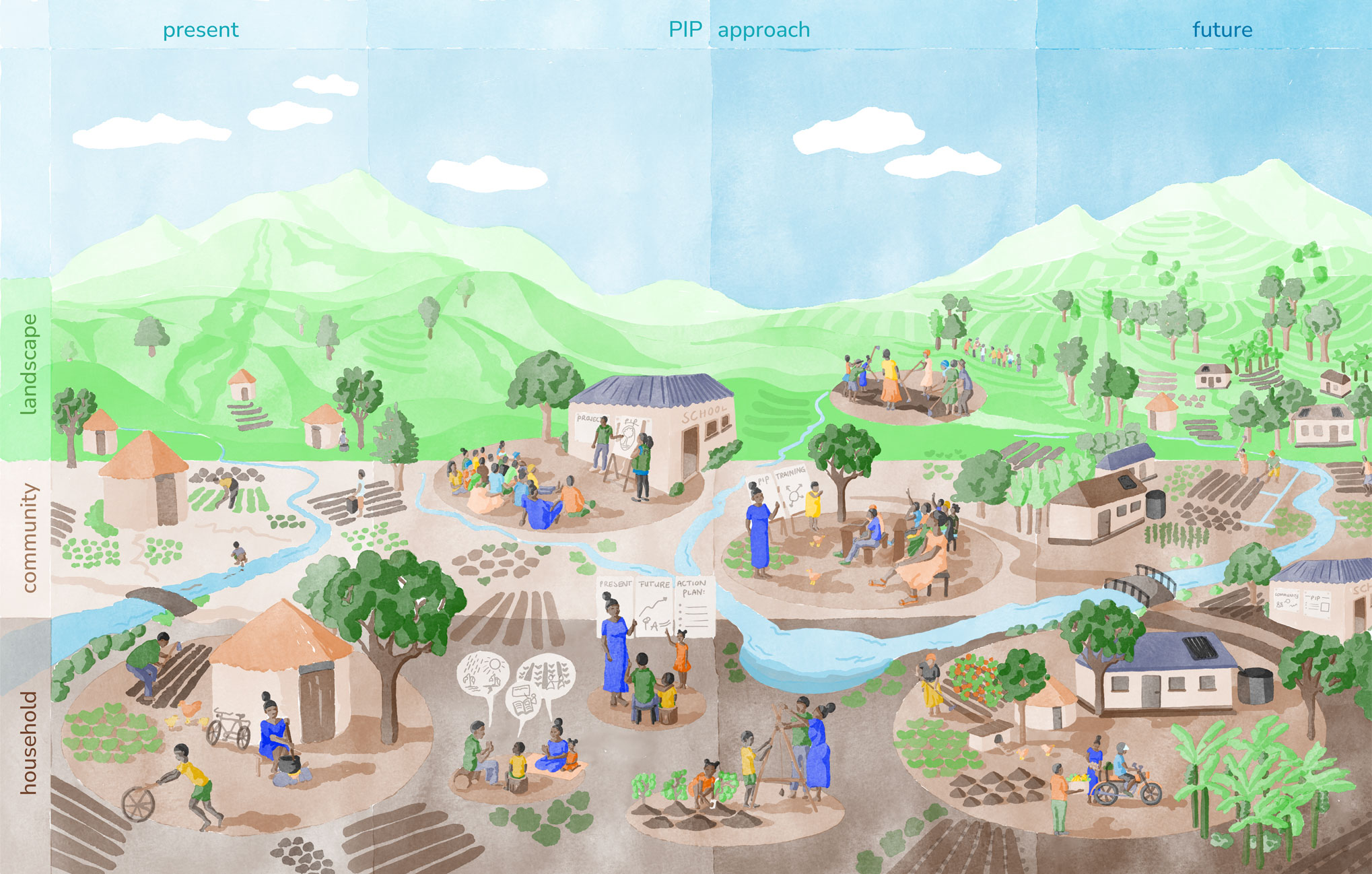THE PIP APPROACH
RESOURCES

Modules
The PIP approach is structured into multiple phases and steps, each supported by dedicated modules that guide implementing organizations, communities, and farming households throughout the entire process. The first two modules, focused on raising awareness and developing PIPs at both community and household levels, are essential for all projects. The remaining modules deepen and broaden the process by helping stakeholders implement best practices, restore degraded sites, scale up efforts to reach more farmers, and support entrepreneurial groups. Additionally, PIP is integrated into education guides for primary and secondary schools as well as for TVETs. Altogether, these materials establish a robust foundation for sustainable, systemic transformation across households, communities, and landscapes. Contact us for more information or access to the resources.
1: Awareness raising at community level
Module 1 marks the beginning of the PIP journey in new communities. Awareness raising in this first phase of the PIP approach is crucial, as it lays the foundation for all following activities. The module consists of five sessions that facilitate the village to discuss their current and future situation and how to achieve sustainable change.
Community Meeting 1: Project introduction and PI selection.
Awareness raising about the project and the PIP approach in a first meeting with the whole village. Participants learn about the relevance of the PIP for community development, and select the Community Vision Committee (CVC) and PIP Innovators (PIs).
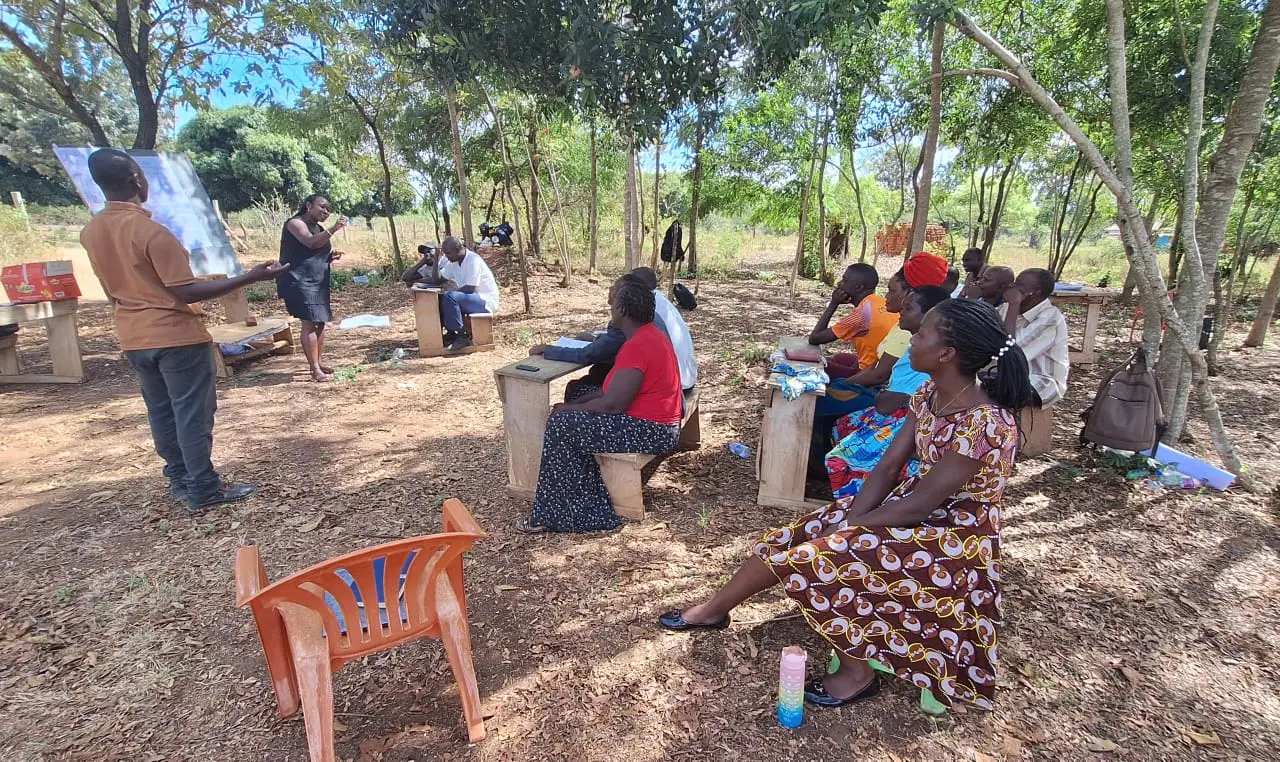
2. Awareness raising about problems and solutions in the community.
A workshop with community representatives about existing social, economic, and environmental problems and solutions, with a focus on land degradation issues.
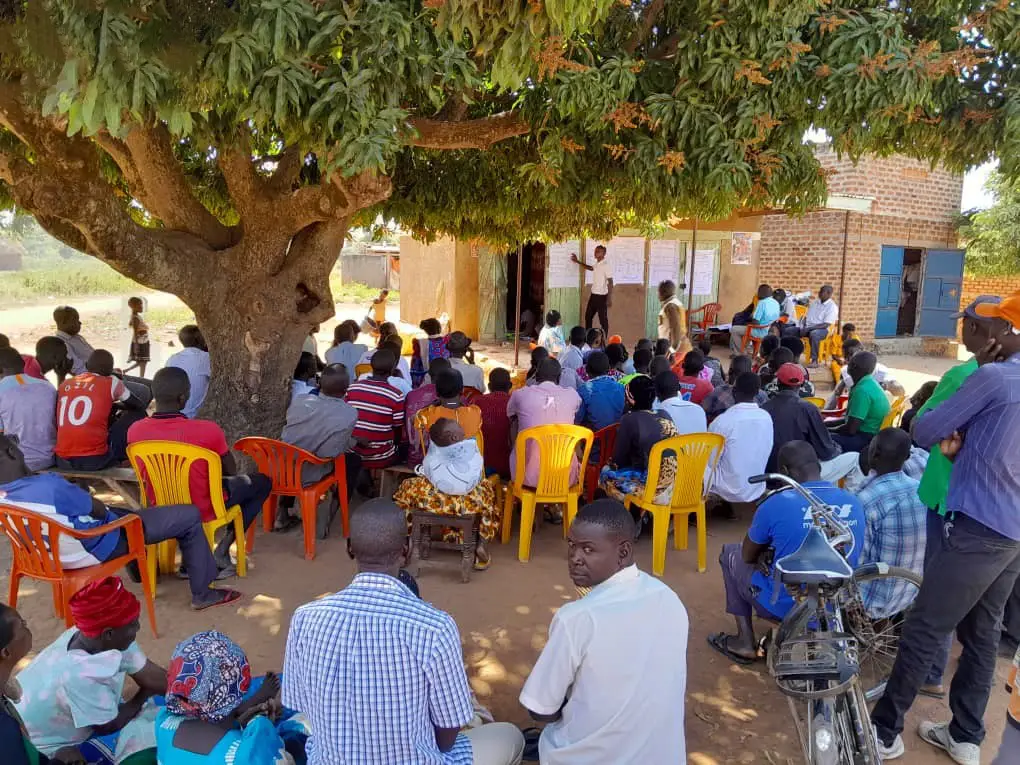
3. Introducing the PIP approach and how it works in practice.
The same group comes together to learn about the PIP approach, including the PIP principles and how PIP works in practice.
4. Development of the first version of the Community Vision and action plan.
This first version, developed by the CVC, includes actions and objectives the village can achieve based on its own means. It entails a drawing of the current and desired future situation of the community, as well as an action plan with suggested priority actions.
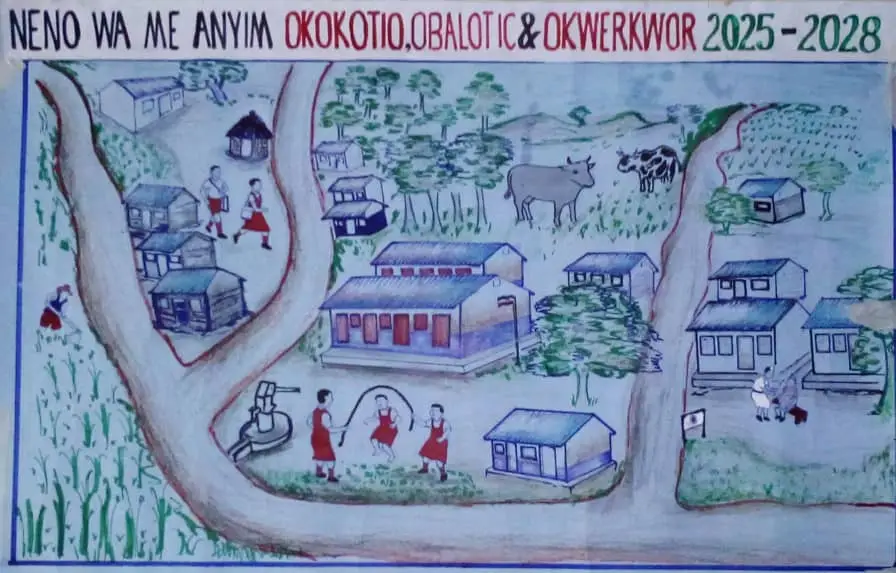
5. Community Meeting 2: Validation of the first Community PIP.
Community members enrich and approve the first Community Vision and action plan, drawn-up by the CVC, with concrete collective activities planned for the first year.
The first version of the Community Vision, which provides the basis for collective activities, is the final product of Module 1. Moreover, with the selection and validation of the PIs, this module prepares for the PIP creation activities in Module 2.
2: PIP creation with PIs
Module 2 marks the beginning of the PIP journey for PIP Innovators (PIs), guiding them through the process of creating their own integrated plan for their farm and household. The Module consists of 8 sessions, guided by images from the ‘PIP Image Box’, which provides a visual guide and conversation tool throughout the PIP creation process. Each session concludes with homework, stimulating PIs to apply their learnings at home with their family.
1. The PIP approach is explained and discussed.
The PIs and their partners learn about the PIP approach, its foundation and guiding principles, and the importance of integration on the farm.
2. The Family Tree is explained and discussed.
The PIs and their partners reflect on gender roles and household dynamics, fostering awareness, mutual appreciation and commitment to creating a more equal and harmonious family environment.
3. Raising awareness and current household situation.
The PIs reflect on and discuss about the root causes of identified problems and discusses potential solutions, and they learn how to draw their the current situation of their farm and household.
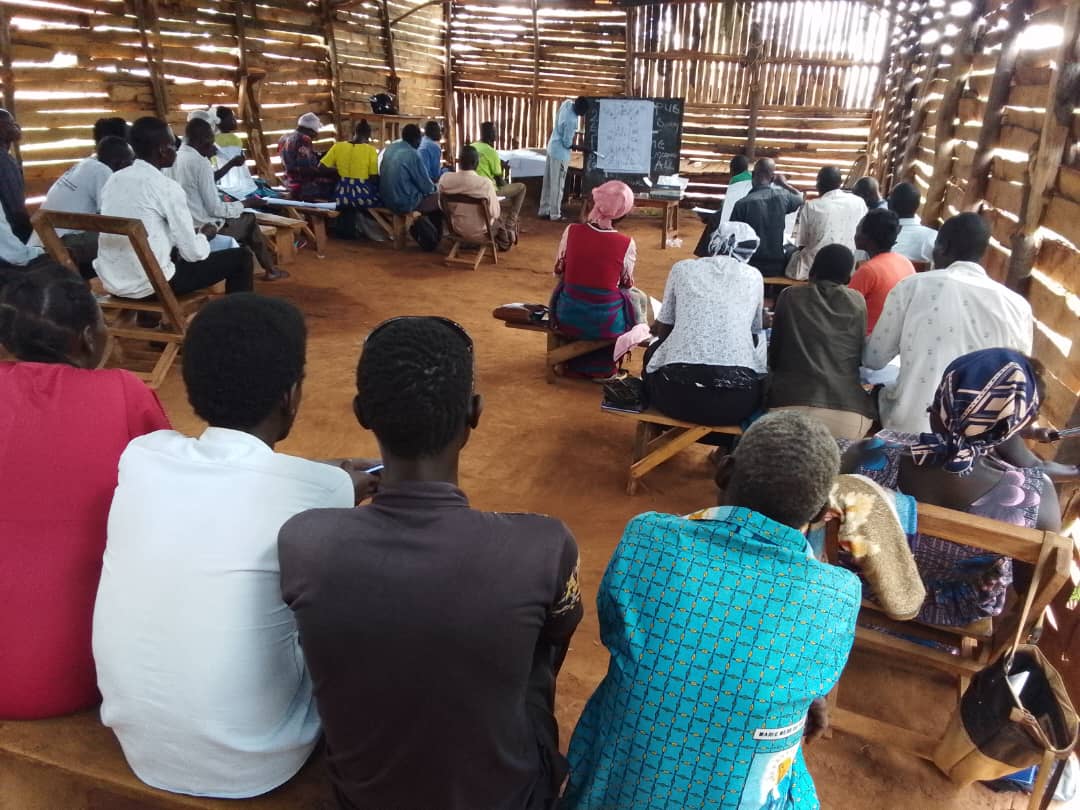
4. Aspirations and future household vision.
The PIs create an overview of the family members and take inventory of aspirations and assets within the family, and learn to draw a future “dreamed” household vision with their family members.
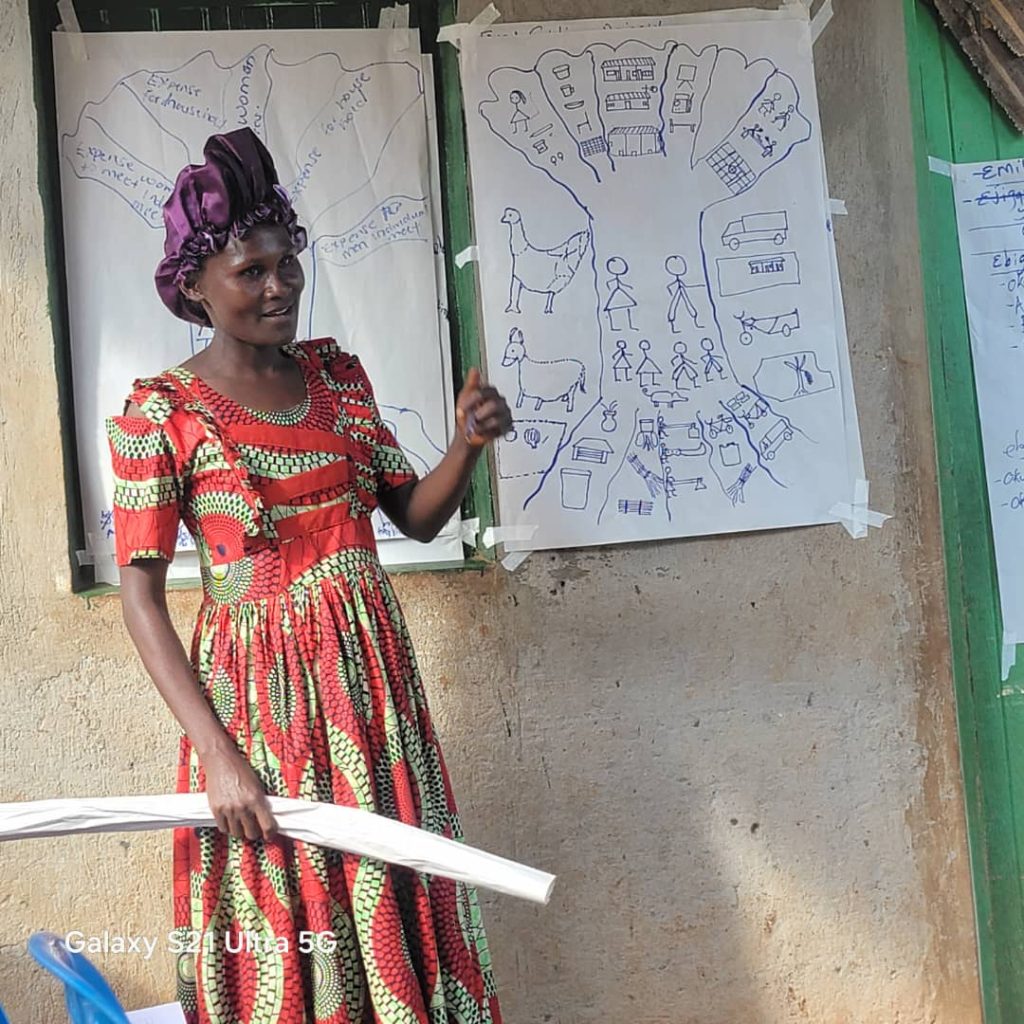
5. Family SWOT analysis.
PIs learn how to identify their family’s strengths, weaknesses, opportunities and threats, to better understand what supports or hinders their aspirations and how to act on these insights.
6. Creating an Action Plan for 1-5 years.
Through guided examples and group work, PIs learn the importance of planning by creating an action plan linked to their farm vision, practicing how to define clear goals, activities, responsibilities, and resources.
7. Presentations and feedback on all PIPs.
All PIs present their visions and action plans, receive feedback from peers and the trainer, reflect on others’ ideas, and identify ways to improve their own PIPs as well as opportunities for future collaboration.
8. Evaluation and implementation of PIPs.
This session wraps up the PIP creation process, with an evaluation of all PIPs, and reflecting on moving towards implementation through quick wins.
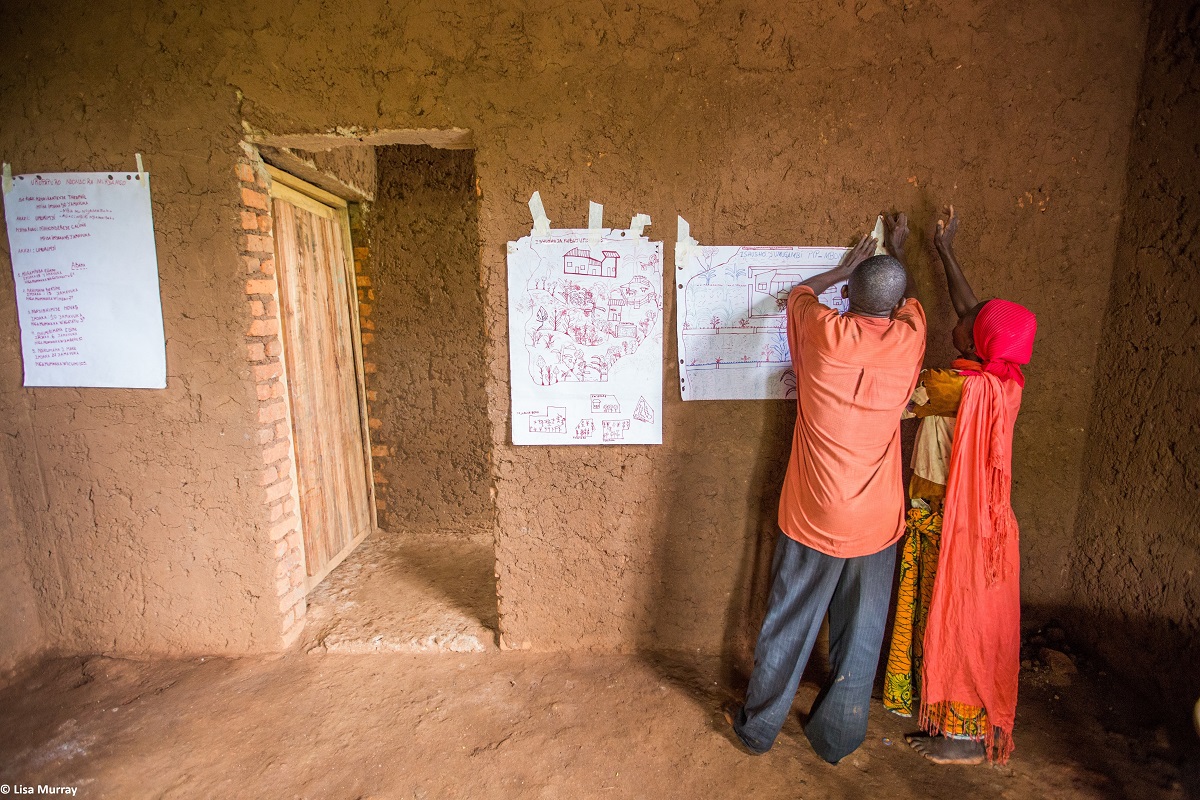
The conclusion of Module 2 means the PIs have completed the first part of their training. With their PIPs in hand, they can start working with their family members to realize their vision and action plans. To ensure they have the necessary skills and knowledge, PIs will directly continue with Module 3 in which they learn how to create Integrated Plot Plans (IPPs) and the integration of sustainable crop and land management practices.
3: Creation of Integrated Plot Plans (IPPs) with PIs
Module 3 follows directly after Module 2 and continues the training journey for PIP Innovators (PIs) by guiding them in developing an Integrated Plot Plan (IPP). This plan integrates crop and land management practices to sustainably optimize productivity on a specific plot on the farm. The IPP serves as both a learning site for the PI and a demonstration plot for other PIP farmers in the community. IPP creation is rooted in the same philosophy and principles of PIP creation: working with a vision, developing a plan, and combining diverse practices and activities.
The Module is based on 5 key principles for best practices (see box) and consists of four sessions.
The key principles are the following:
1. Capture water where it falls
2. Increase organic matter in the soil
3. Support life in the soil
4. Restore the nutrient balance
5. Optimize farming efficiency and sustainability
1. Raising awareness about soil problems and best practices.
The first step involves an in-depth discussion with PIs about current erosion challenges, soil fertility problems and root causes of these issues as they relate to land management. Afterwards, potential practices—ranging from permanent solutions to fertility and crop management—are evaluated based on local expertise and the facilitator's input.
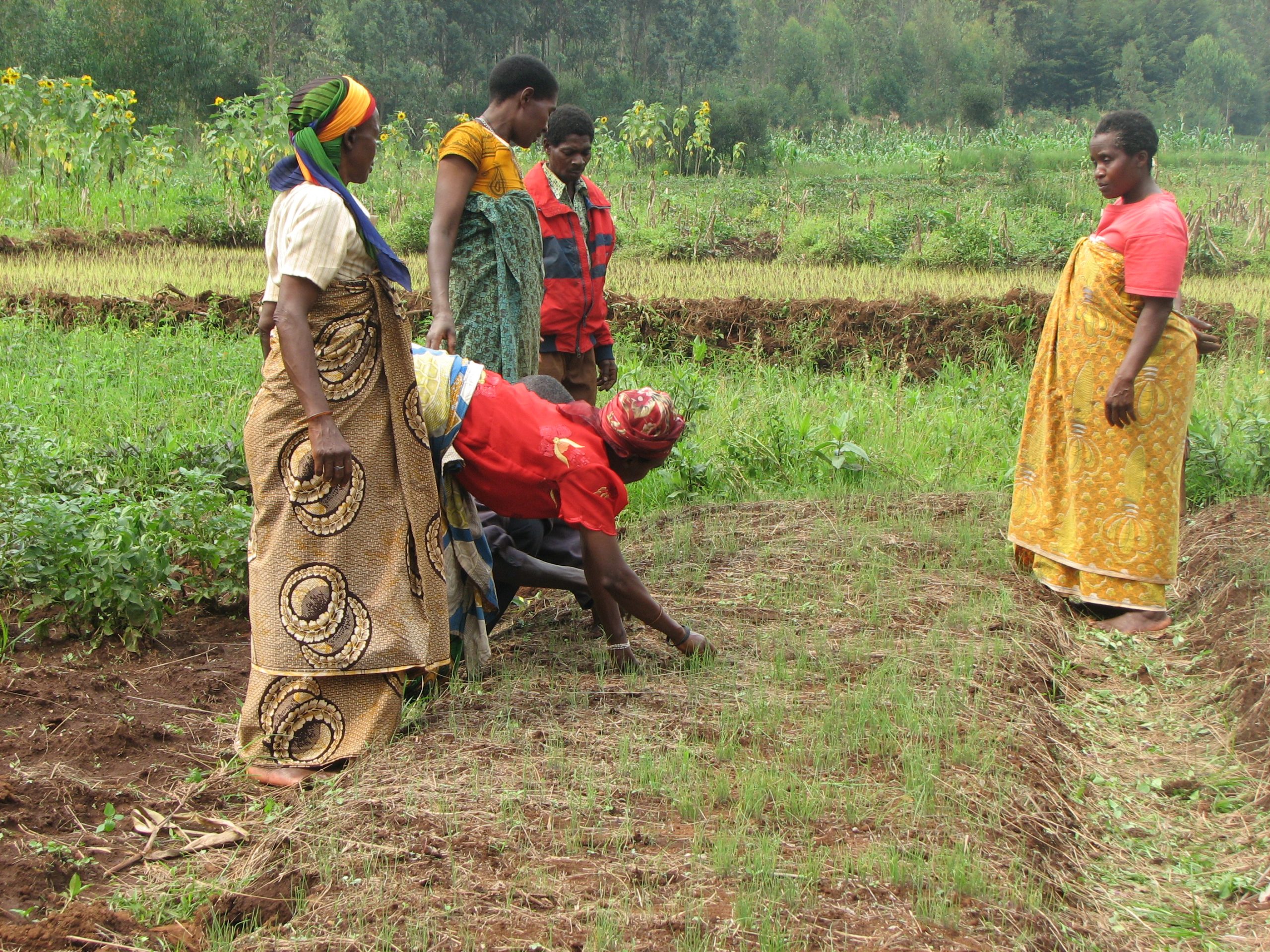

2. Creating an IPP: how to assess your plot.
This second step is conducted on the IPP plot of one of the PIs. The session commences with an analysis of the current plot situation and required practices based on the 5 key principles mentioned above. Following a SWOT analysis and discussions, the PIs agree on a set of integrated practices to optimally manage the plot.
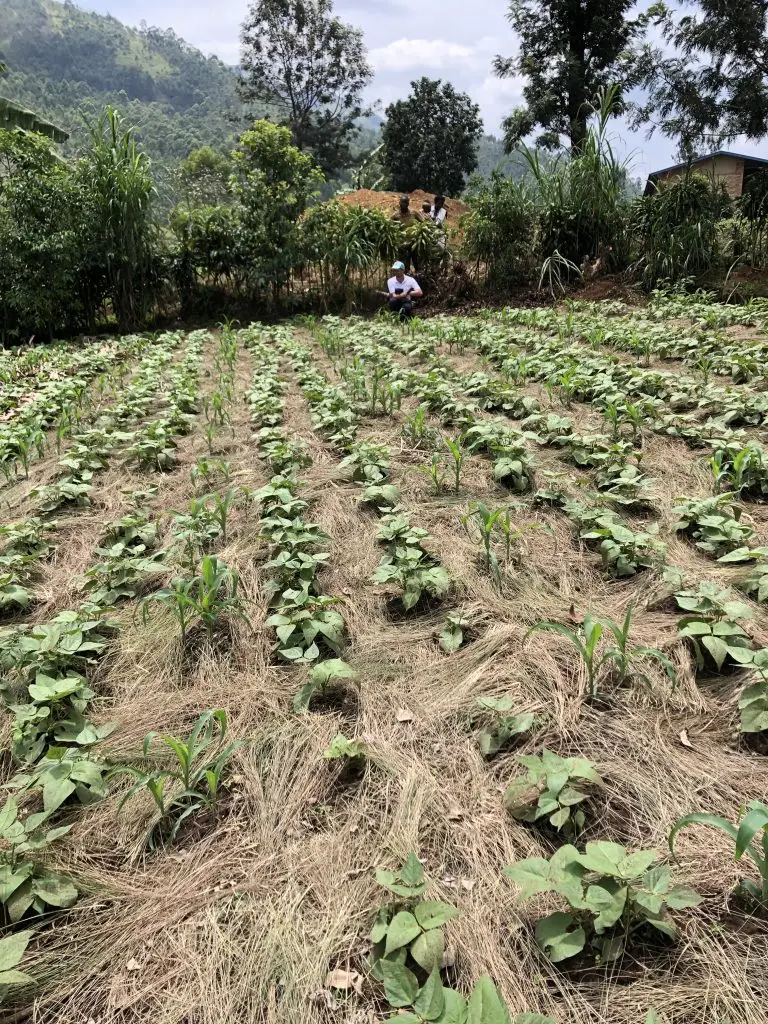
3. Creating an IPP: how to draw and plan your IPP.
Next, the PI group creates a drawing of the future situation of the plot and an action plan for upcoming cropping seasons. Back home, using their new knowledge, the PIs, together with their families, assess their own IPP plots—identifying current issues, exploring practices, creating drawings, and drafting action plans.
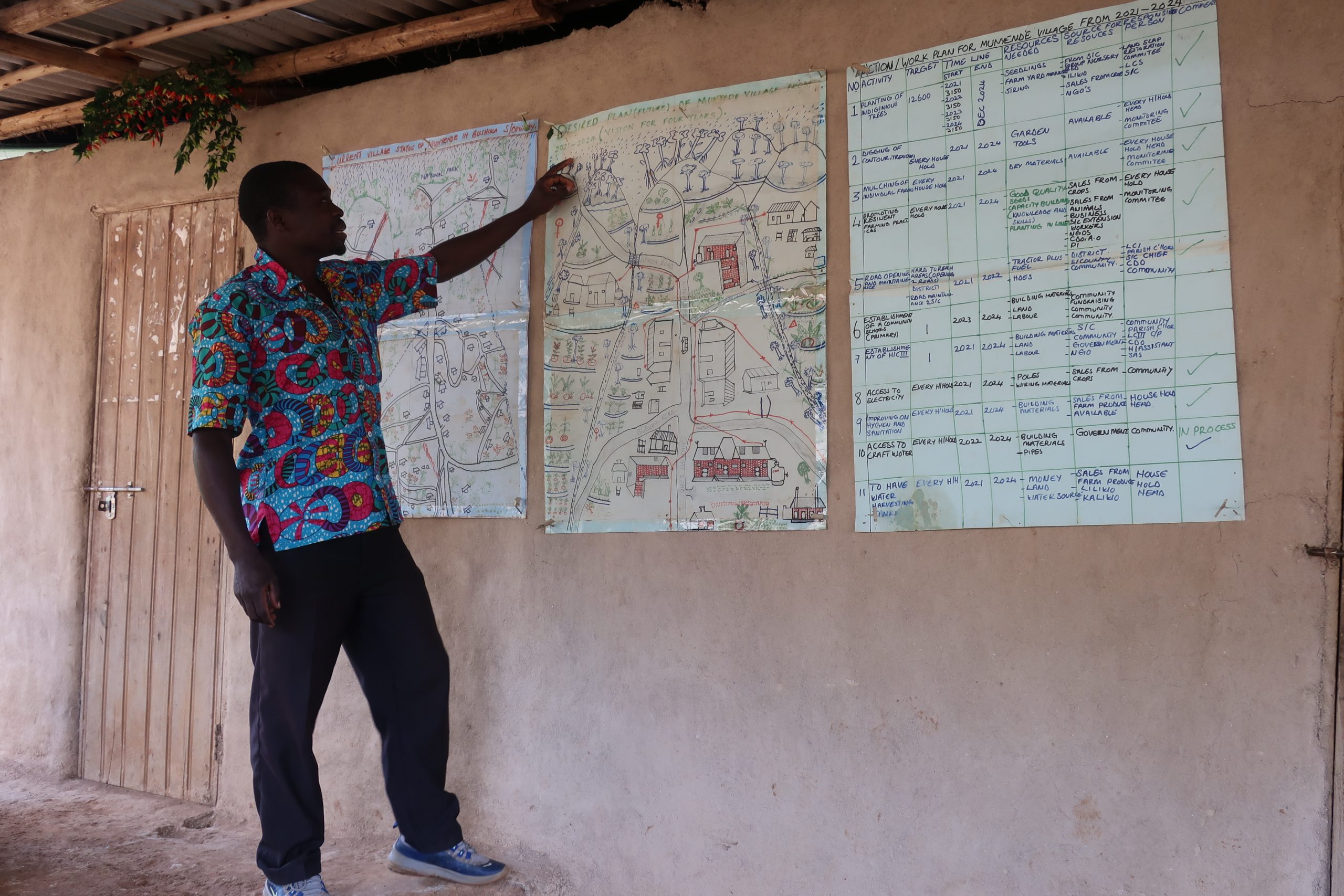
4. Presenting, discussing and enriching the IPPs in the PI group.
In this last session, the PIs present their IPPs, engaging in discussions and learning from each other. With these new insights, they refine their IPPs at home and take necessary steps to implement their plans.
Module 3 is usually followed by agrotechnical trainings for the PIs, based on their demand and priority needs. These trainings are generally delivered through group trainings, complemented by regular exchange visits to stimulate continuous learning among the PI groups.
4: PIP creation on restoration sites
Module 4 focuses on the collective planning and implementation of sustainable land restoration and conservation practices on degradation sites identified in the first Community PIP (Module 1). It builds on the work of individual PIP Innovators (PIs) in Modules 2 and 3 and introduces the concept of site PIPs: collective action plans for restoring degraded landscapes through community cooperation. In landscapes shaped by upstream-downstream linkages, concerted action is especially important to effectively manage impacts and implement land restoration measures.
This module guides facilitators through the creation of organized site groups, who jointly identify problems, define shared goals, and implement best practices tailored to the needs of landscapes and land owners.
1. Raising awareness about land degradation issues on restoration sites.
Farmers and local stakeholders assess land degradation through site visits and participatory discussions. They identify causes, explore potential solutions, and establish a site committee to lead collective action.
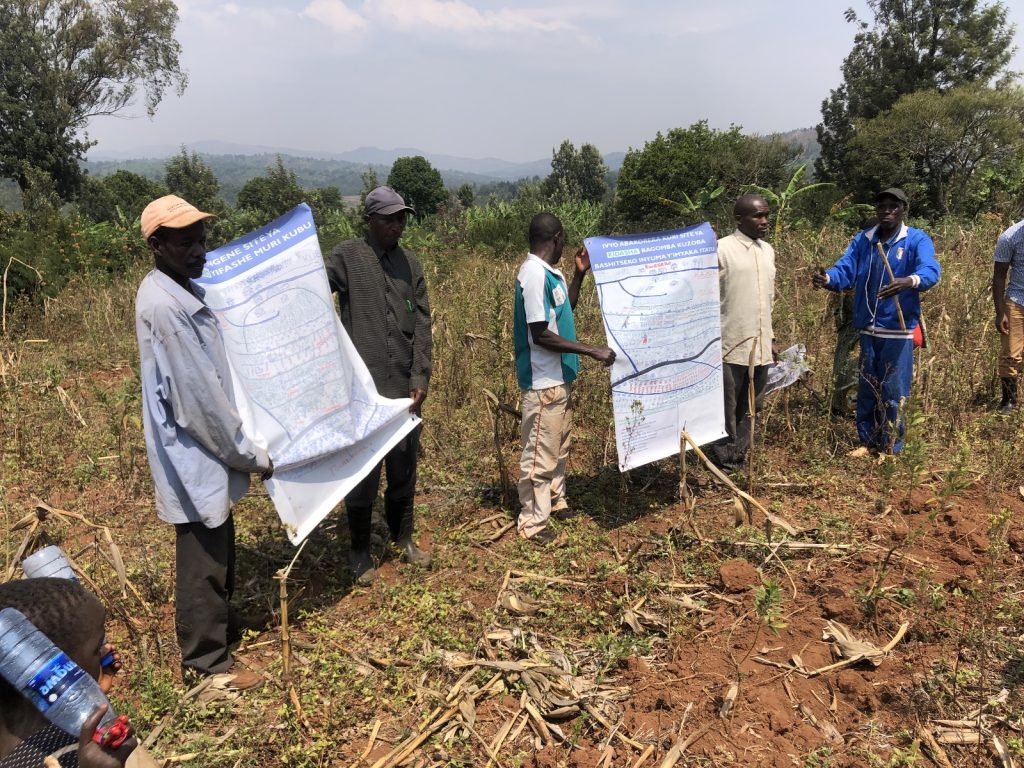
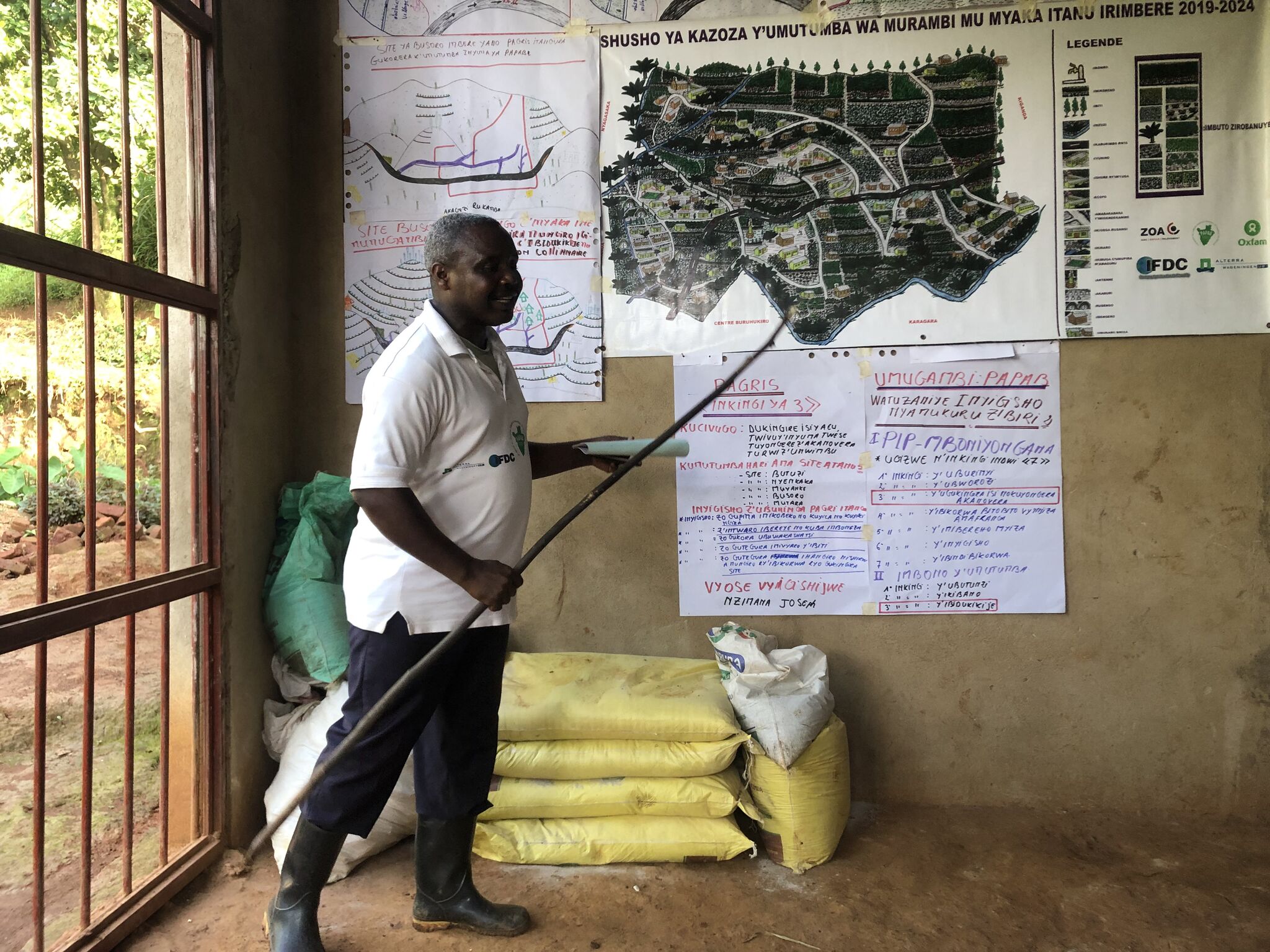
2. Creating the site PIP.
The site committee develops a shared vision and an integrated 3-year action plan during a 3-day workshop, mapping both the current and desired future situation. The plan includes best practices tailored to different areas of the site and a detailed annual activity schedule.
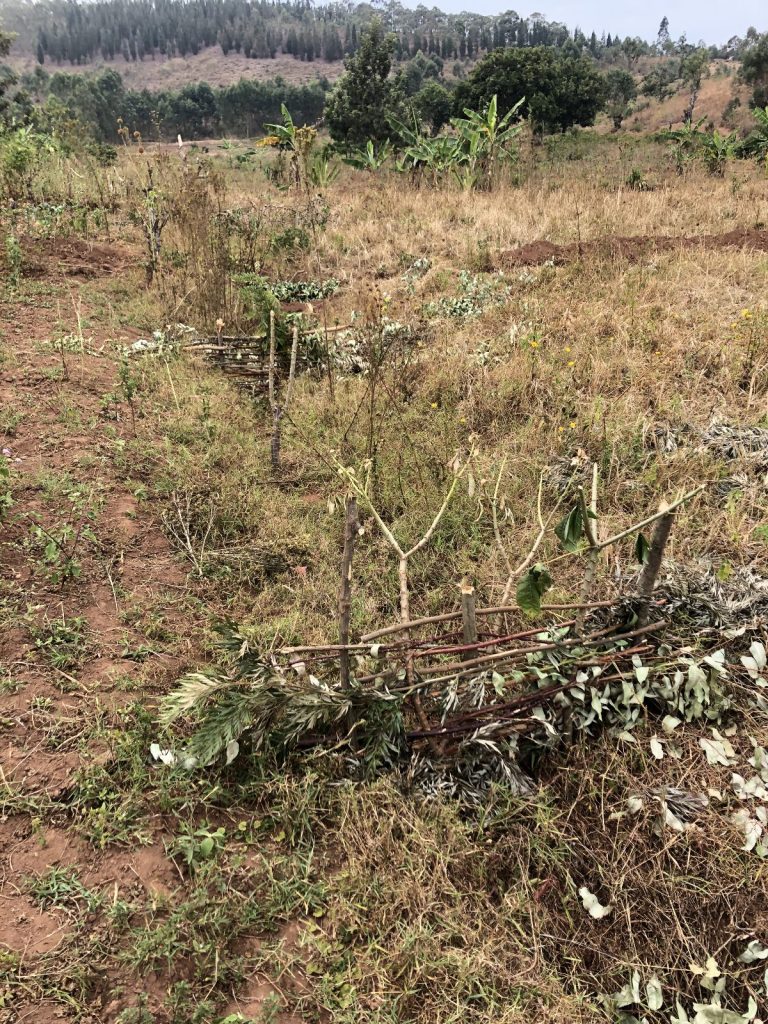
3. Validating the site PIP.
All plot owners review and enrich the draft Site PIP. Once validated, the final version is displayed at the site to ensure transparency and shared commitment.
4. Implementing the site PIP.
Farmers implement planned activities detailed in the site PIP, supported through tailored training in leadership, organization, and technical practices. PIs play a central role in transferring knowledge and coordinating collective efforts, while village leaders oversee progress and encourage scaling through regular evaluation and learning.
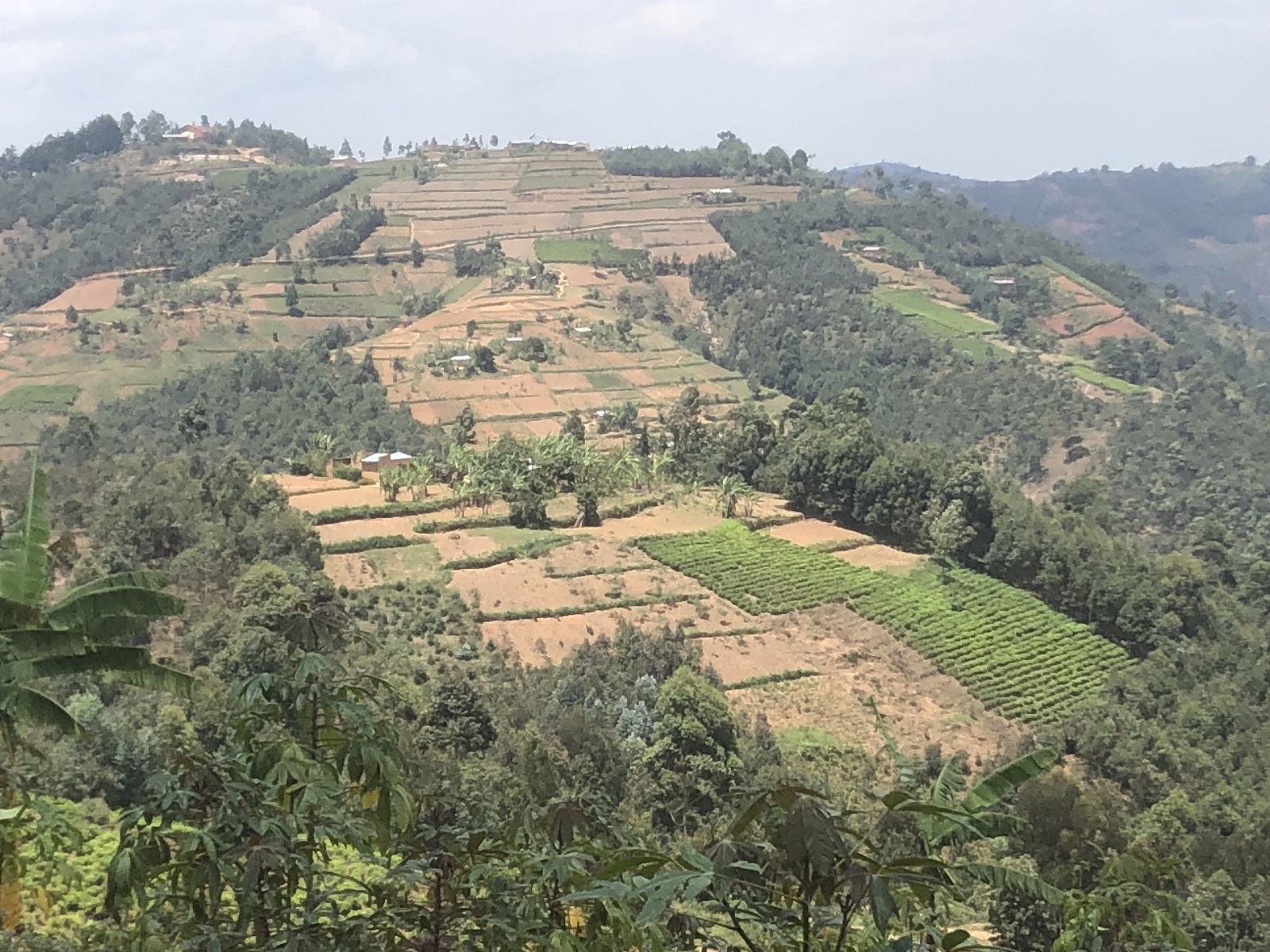
Each village usually starts with 2-3 prioritized sites to gain experience and achieve short-term visible impact, which can inspire the rest of the community and adjacent communities, to eventually encourage wide-scale landscape restoration.
5: Scaling-up PIP and IPP creation
In Module 5, the scaling of PIP and IPP creation starts in each community, with PIs taking the lead and become “PIP trainers”. Central to the scaling process are the PIP competitions, during which “next generations of PIP farmers” in a community learn – through farmer-to-farmer training – how to create a PIP for their own farm/household and an IPP for one of their plots. These competitions thus serve as a “capacity building tool” and are usually conducted twice to reach all interested farmer families in a community: a G1 and a G2 competition, training 1st and 2nd generation PIP farmers.
This Module also marks the development of the final Community PIP/Vision, reviewed and approved by the community. This version builds on the experiences gained from implementing collective actions defined in the initial Community PIP, created during Module 1. With each community now having more PIP-trained farmers and a stronger focus on long-term thinking and sustainability, this is the ideal moment to finalize the Community PIP.
The G1 and G2 competitions follow the same set-up as follows:
1. Open Day.
The PIs open their farms to showcase the improvements they have made, aiming to inspire other farmers to join the PIP competition.
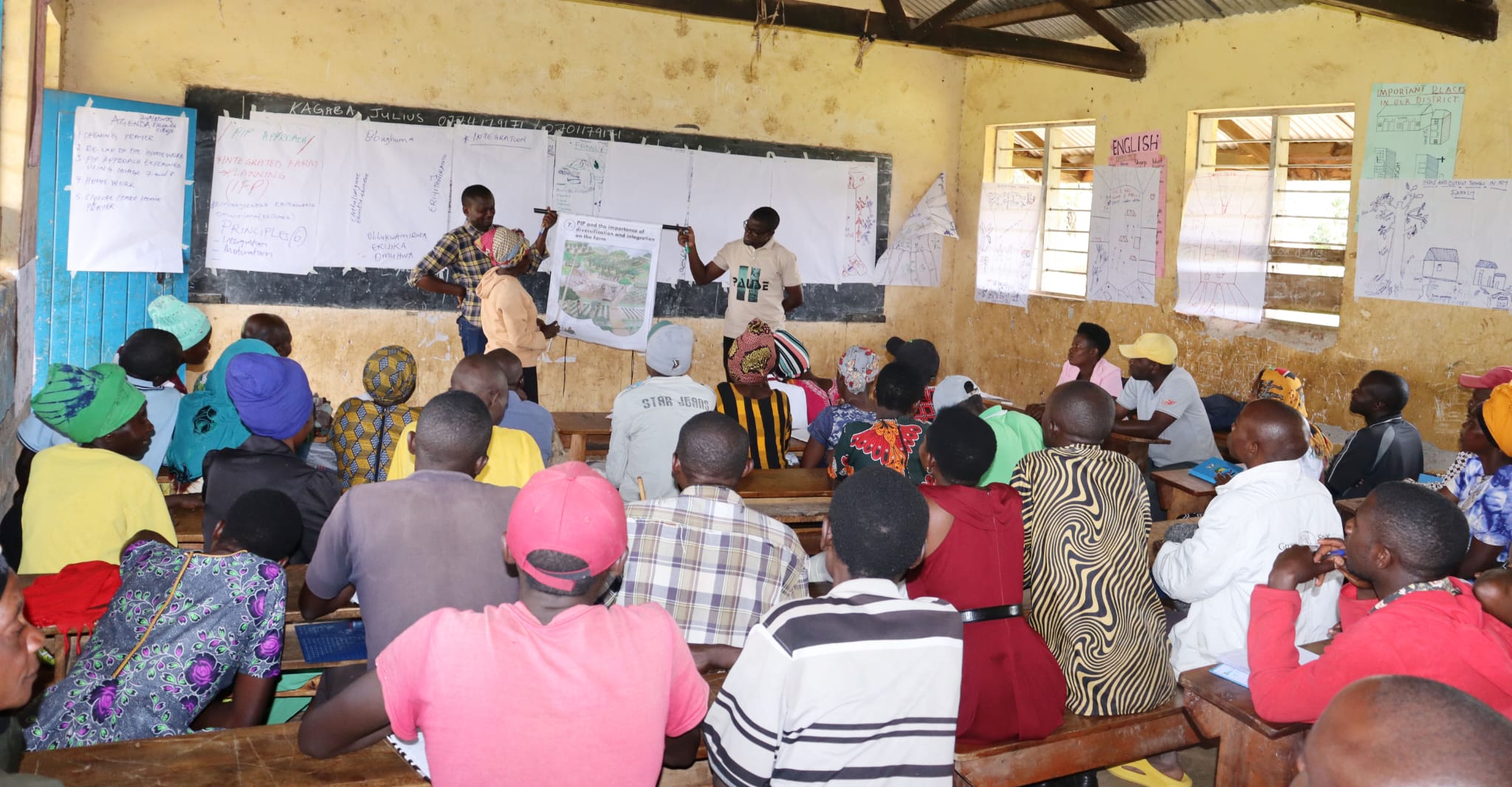
2. Refresher trainings of PIP trainers.
The PIs and other PIP trainers engage in an intensive two-day training to build their confidence and capacity to effectively train their selected group of 10 trainees.
3. Conducting the G1/G2 competition.
PIP trainers train their group simultaneously over a period of approximately two months, guiding them through all the steps of the PIP/IPP creation process.
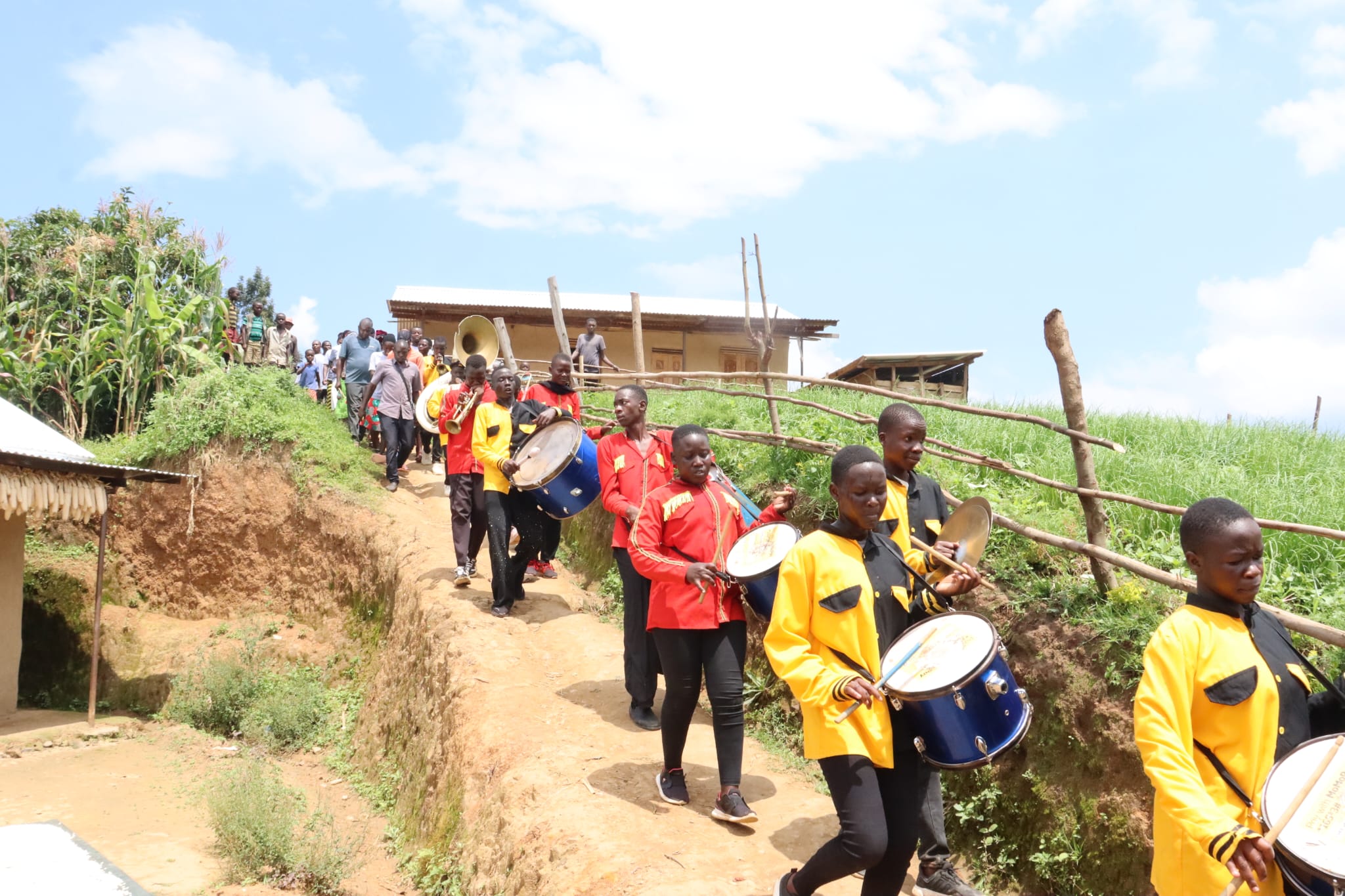
4. Graduation Day.
The PIP trainers receive their “PIP trainer” certificate, and the best-performing groups are rewarded with an exchange visit to another village.
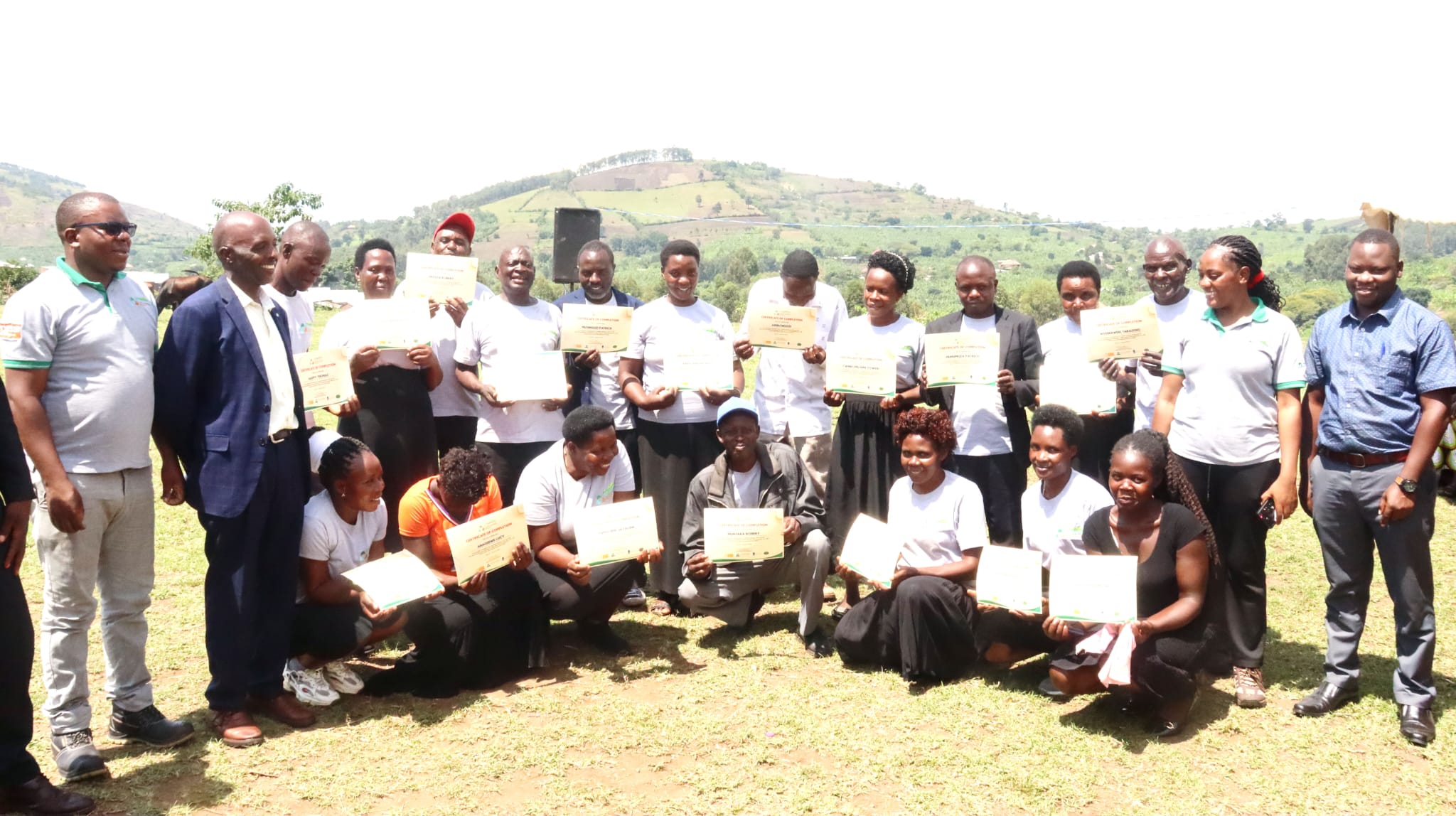
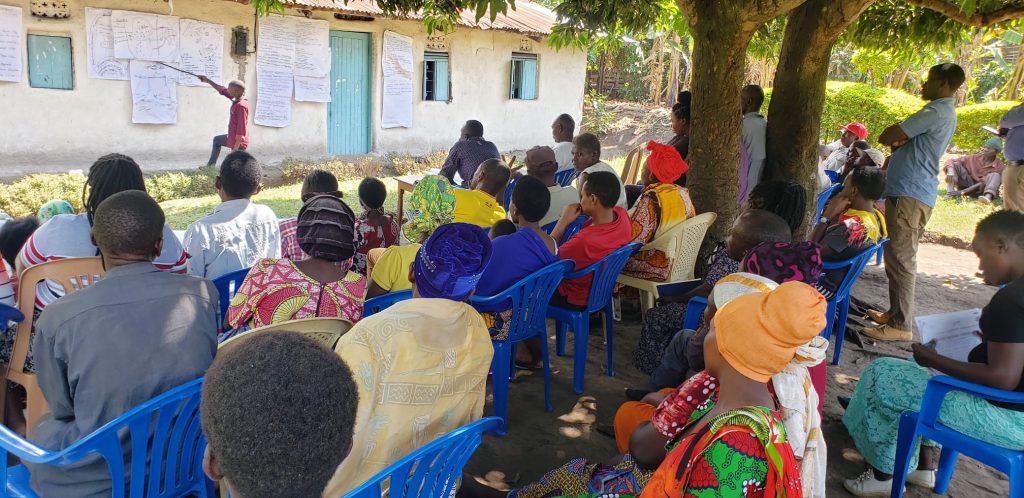
The final Community PIP
1. During the Assembly, the draft Community PIP (developed in Module 1) is reviewed and discussed, with participants proposing additional or improved collective actions.
2. The Community Vision Committee (CVC) incorporates all suggestions to create an updated vision and corresponding action plan.
3. The final version of the Community PIP is formally presented to and validated by the Assembly.
4. The validated Community PIP is displayed in a central, visible location for all community members to see.
6: Group PIP creation (for entrepreneurial activities)
Through household PIP creation (Module 2), families also generate aspirations and plans for entrepreneurial activities. In the PIP approach, group-based entrepreneurship is actively encouraged, as such initiatives tend to be more efficient and profitable than individual efforts. Module 6 builds upon Module 5, and begins when most families in a community have created their PIP and small entrepreneurial initiatives typically emerge among groups of PIP farmers who share a common interest or goal. Well-organized community organizations, including Village Savings and Loans Associations (VSLAs), often serve as strong foundations for the formation of such groups.
This Module trains and empowers groups to develop a Group PIP for a small business, integrating concrete, practical activities with a focus on long-term sustainability. Business plans developed by PIP groups therefore explicitly incorporate social and environmental dimensions, thus fostering sustainable entrepreneurship. Both existing and new groups can be trained through the Module, and business opportunities can be related to farm and off-farm opportunities. The following phases are covered by the Module.
Phase 1 - Social sustainability.
Groups define their common goal, build mutual trust in the group, and establish internal organization, creating ownership and commitment.

Phase 2 – Environmental sustainability.
Groups discuss environmental impact of their business activities, jointly define eco-friendly practices, and continue refining their PIPs accordingly.
Phase 3 – Economic sustainability.
Groups receive training in financial planning and business plan development.. They learn how to determine realistic numbers, understand market demand, assess costs and benefits, and aim to break even after 2-3 years.
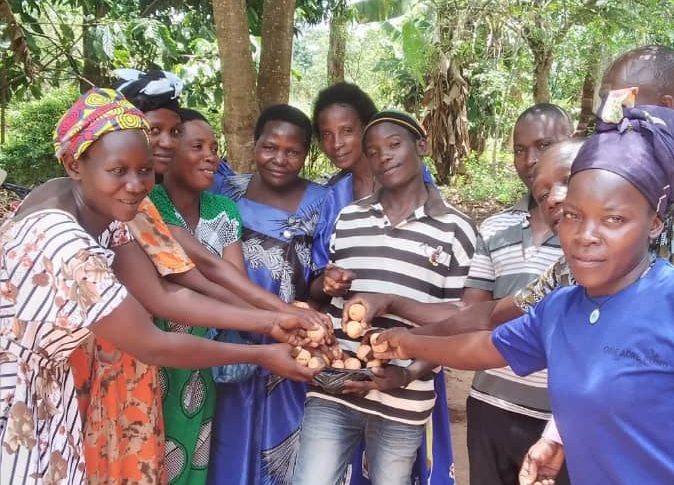

Publications

Scientific articles
Fostering Students’ Competencies in Sustainability in Vocational Agriculture Education in Burundi: Effects of a Participatory Integrated Planning (PIP) Module. Nyamweru, J. C., Ndayitwayeko, W. M., Kessler, A., & Biemans, H. (2024).
Competences for socio-ecological stewardship: a qualitative assessment of the transformative potential of farmers’ learning processes in Eastern Uganda. Misanya, D., Tassone, V. C., Kessler, A., Wals, A. E., & Kibwika, P. (2024).
Analysing farmers’ learning for socio-ecological stewardship in Eastern Uganda: A transformative learning ecology perspective. Misanya, D., Tassone, V. C., Kessler, A., Kibwika, P., & Wals, A. E. (2023).
Mobilizing farmers to stop land degradation: A different discourse from Burundi. Kessler, A., Van Reemst, L., Beun, M., Slingerland, E., Pol, L., & De Winne, R. (2021).
Bringing ISFM to scale through an integrated farm planning approach: a case study from Burundi. Kessler, A., van Duivenbooden, N., Nsabimana, F., & van Beek, C. L. (2016).
Impact studies
From drawing to reality: The Impact-of the PIP-approach on farmers’ motivation, resilience and stewardship in rural Burundi. Impact Study Oxfam 2020.
PAPAB: Supporting Agricultural Productivity in Burundi Project. Final Report. IFDC 2020.
Changes in peoples’ motivation, land health and farm resilience: an impact assessment of the Integrated Farm Planning approach (PIP). Wageningen Environmental Research 2018.
PhD theses
Coping with risk and climate change in farming: exploring an Index-based crop Insurance in Burundi. Ndagijimana, M. (2021). Doctoral dissertation, Wageningen University and Research.
Sustainable agriculture in rural Burundi: exploring the role of farmer groups’ entrepreneurial activities. Mupfasoni, B. (2020). Doctoral dissertation, Wageningen University and Research.
Towards a transformative learning ecology for fostering socio-ecological stewardship among smallholder farmers and children in Uganda. Misanya, D. (2025). Doctoral dissertation, Wageningen University and Research.

Stay tuned
Sign up to receive the PIP newsletter.
